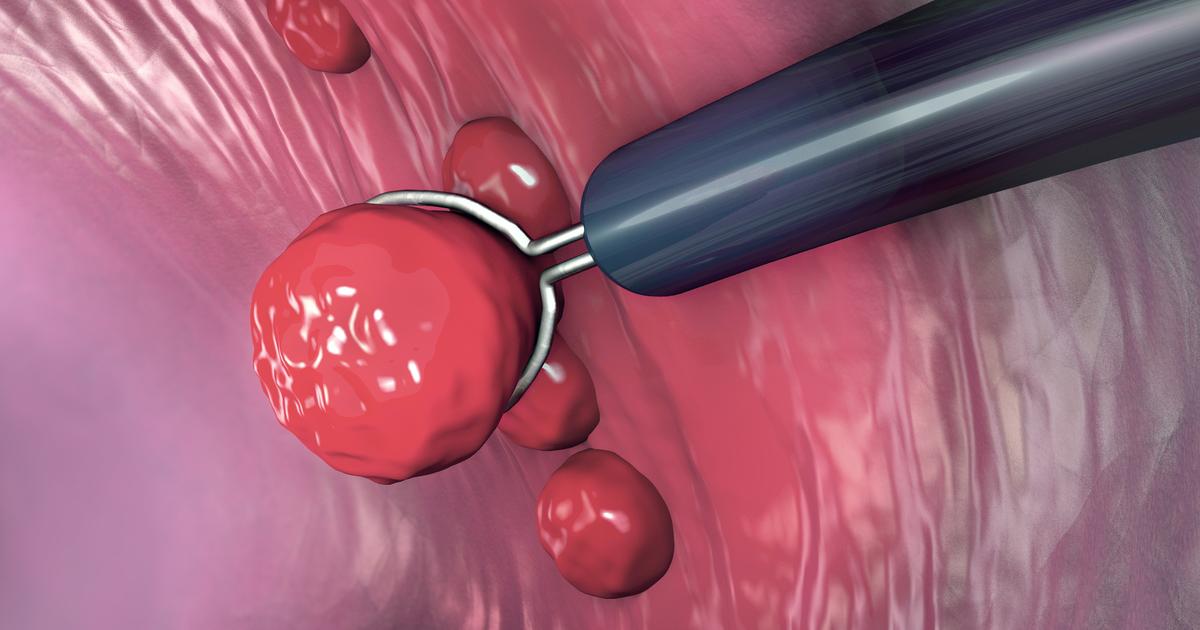What Causes Blood In Stool?
Blood in the stool (hematochezia) can be a symptom of bleeding in the gastrointestinal tract. The blood in an individual's stool may appear dark, tarry, and black, or it may be brighter red or maroon. If the origination point of the blood is higher up in the digestive tract, it is typically darker in color. Lower origination point yields a brighter, lighter, and richer color. The bloody stool may be discovered in a fecal test ordered by a physician, when wiping, or may be seen on the outside of the stool. The majority of individuals who experience this symptom will only observe mild rectal bleeding. Moderate and severe rectal bleeding may be accompanied by clots of blood and serious complications for the affected individual, including hypotension, anemia, weakness, dizziness, and syncope.
Blood in the stool can be caused by a common minor issue or could be a sign of a serious disease. Get to know the causes now.
Anal Fissures
An individual with bloody stool may be affected by anal fissures. The anus is lined with mucosa or thin, moist tissue that can become injured. An anal fissure is a term used to describe a tear in this anal mucosa. It can occur due to trauma from childbirth, chronic diarrhea, passing hard stools, anal intercourse, and straining during bowel movements. Syphilis, HIV, Crohn's disease, tuberculosis, anal cancer, and inflammatory bowel disease are some less common causes of anal fissures. Anal fissures typically present with sensations of pain, anal sphincter spasms, and rectal bleeding during bowel movements. The fissure may be visible in the skin around an individual's anus and may or may not be accompanied by a skin tag or small lump. Blood in the stool due to an anal fissure is always brighter red or maroon, as it is at the end of the gastrointestinal tract. Fresh blood that does not sit in the intestines or stomach does not have the opportunity to form grains, clots, or turn to a darker tone.
Uncover more causes behind blood in stool now.
Colon Polyps

A colon polyp is a clump of cells that develops in the interior lining of the colon. Hyperplastic polyps, hamartomatous polyps, and inflammatory polyps are non-neoplastic and usually do not form malignancy. Serrated polyp types and adenomas are neoplastic polyps that have a greater risk of carcinogenesis. Polyps occur when the cells in the lining of the colon or rectum experience a DNA mutation that causes them to grow and divide inappropriately. Polyps usually do not produce symptoms until they become large and or problematic enough to cause an obstruction, inflammation, or malignancy. Due to repeated friction and irritation from passing stools, polyps may ulcerate and bleed, causing blood in the stool. While bleeding due to polyps can be associated with polyp malignancy, it does not always indicate cancer. Polyps only occur in the large intestine and rectum where the color of blood in the stool provides insight into the relative location of such polyps. Regular preventative colonoscopies can help an individual eradicate any problematic polyps before they result in serious complications like malignancy or those associated with excessive bleeding.
Read about another cause of blood in stool now.
